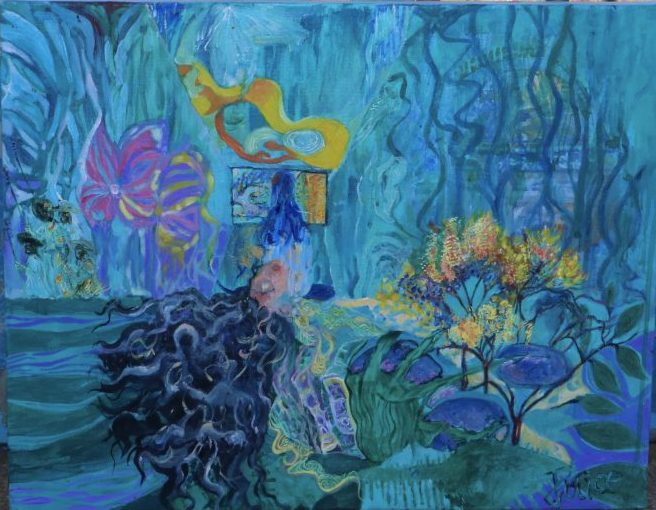Portfolio Element 1 Synchronisation
One of the key element I have been used in my element 1 is synchronisation: the synchronisation between sound and video, the synchronisation between sound and movement, the synchronisation between sound and light… Which normally I have to take into deep consideration if I am going to make a drama…

This is a moving flash led light I am currently working on. I am trying to coding it to sync the sound, as right now it is syncing with my skin interaction (the yellow ones are sensors capturing the skin) .

Animation Syncing with the sound track. Audio-Visual Cohesion: Synchronization ensures that the audio elements are precisely aligned with the corresponding visual elements. This alignment creates a seamless and immersive experience for the audience, preventing any discrepancies or distractions caused by audio and video being out of sync.
Robotic conductor is syncing with the sound.(same bpm) Synchronization is vital for responsiveness in interactive design. When a user interacts with an interface—clicking, swiping, or performing any action—the system’s response should be immediate and synchronized with the user’s input. This real-time feedback enhances usability and encourages continued engagement.
Music is everything the film has to lead the emotional flow. Naturally, music can play a significant punctuative role. It certainly did in the silent era, but in a less precise, more approximate way, owing to the much looser methods of synchronizing music with images. Thus, it is not very surprising if certain early sound films dared to employ music in an unabashedly punctuative manner. Michel Chion. (1994)
In the 1920s, inventors tried to merge movies and recorded sound using electricity. They used microphones and amplifiers to collect and make loud recordings that could be synchronized with the image.
Like Chaplin’s “Modern Times”, Fantasia (1940) represented and complied as the most melodic film in the expressionist era. Unlike anything else in the Disney canon, Walt Disney created the revolutionary animated film Fantasia (1940). For a distinctive and engrossing cinematic experience, it merges classical musical masterworks with cutting-edge animation. A remarkable group of directors, including Samuel Armstrong, James Algar, Bill Roberts, Paul Satterfield, Hamilton Lusk, Jim Handley, Ford Beebe, T. Hee, Norm Ferguson, and Wilfred Jackson, were responsible for the movie’s direction. The renowned music critic and composer Deems Taylor serves as the narrator. The movie is divided into eight discrete scenes, each with a distinctive classical score performed by the Philadelphia Orchestra under the direction of Leopold Stokowski. Smith, W.A. (1990). The pieces feature a blend of storyline, vibrant images, and abstract animation.
The narrative is driven by the music, which establishes each segment’s mood. The innovative way that Fantasia syncs music and animation sets it unique from other films. The visual effects created by the animators have been designed to go together with the music’s tempo, tone, and emotion. The two art forms’ impact is increased due to their synchronization, fostering potent synergy. Fantasia heavily relies on composition. Beethoven’s “Symphony No. 5” and Poncheri’s “Dance of the Hours,” two humorous and jovial pieces, are only two examples of the diverse repertoire of classical music. Dziekonski, M.L. (2017) The animation is guided by each piece of music, which establishes the rhythm, movement, and visual story. The movie serves as an example of how music may elicit various feelings. In order to establish a more profound and universal relationship with the audience, the use of animation and music exceeds the limitations of spoken communication. A multi-sensory experience that is both fascinating and emotionally resonant is created by immersing the viewer in a sensory journey of visual and audio interplay. The movie Fantasia offers proof of the importance of music in movies. It exemplifies how inventive animation and a well-composed soundtrack can take the viewer to new worlds while invoking solid emotions. The film’s skilful integration of musical composition as a crucial component of the narrative process is mainly responsible for its ongoing popularity and critical acclaim.
